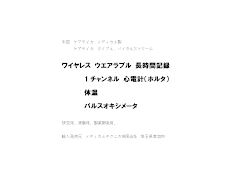2013年11月20日水曜日
young children in the vicinity of British nuclear power plants
British Journal of Cancer , (12 September 2013) | doi:10.1038/bjc.2013.560
Leukaemia in young children in the vicinity of British nuclear power plants: a case–control study
J F Bithell, M F G Murphy, C A Stiller, E Toumpakari, T Vincent and R Wakeford
Abstract
Background:
Concern about the risk of leukaemia in children living near nuclear power plants (NPPs) persists. Previous British analyses have been area based and consequently thought to be less effective than case–control studies.
Methods:
Cases of childhood leukaemia and non-Hodgkin lymphoma (LNHL) born and diagnosed in Great Britain between 1962 and 2007, with matched cancer-free controls, were analysed by logistic regression to estimate the risk of residential proximity at birth and diagnosis to the nearest NPP, adjusting for relevant variables.
Results:
For 9821 children with LNHL under the age of 5 years, the estimated extra risk associated with residential proximity to an NPP at birth was negative—interpolated Odds Ratio (OR) at 5 km was 0.86 (0.49–1.52). The comparison of 10 618 children with LNHL under five with 16 760 similarly aged children with other cancers also gave a negative estimate of the extra risk of residential proximity at diagnosis—interpolated OR at 5 km was 0.86 (0.62–1.18).
Conclusion:
Our results show little evidence of an increase in risk of LNHL to children aged under 5 years from living in the vicinity of an NPP. Risk estimates are incompatible with comparable ones published in a recent German case–control study.
登録:
コメントの投稿 (Atom)
















0 件のコメント:
コメントを投稿